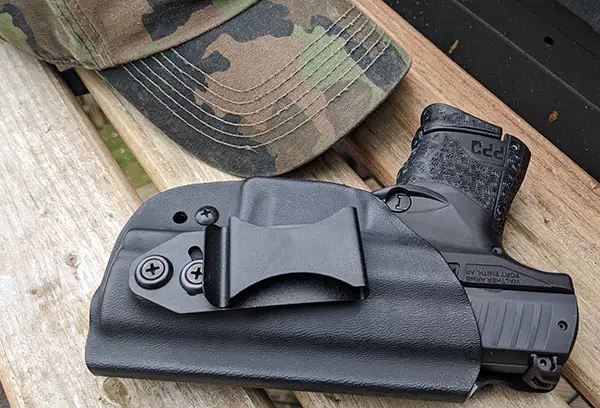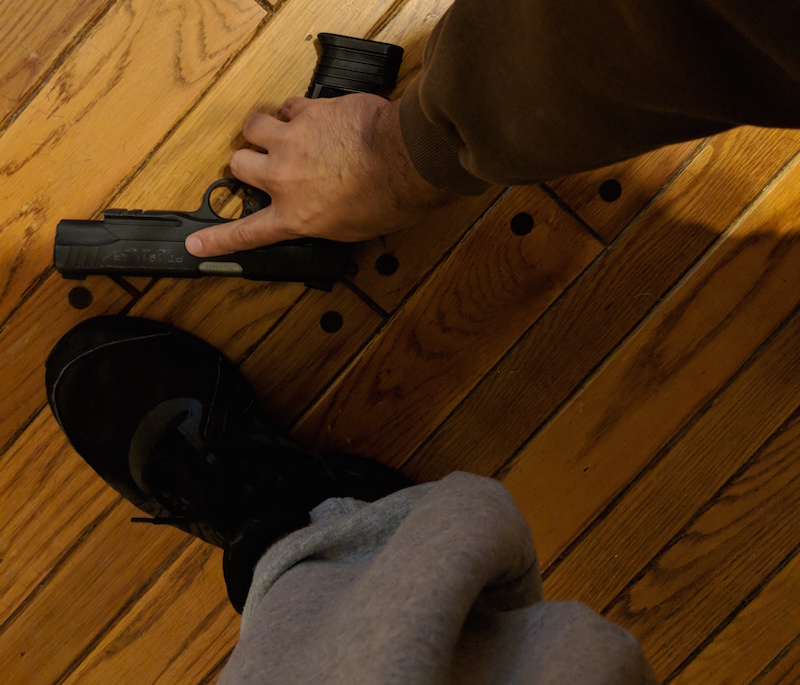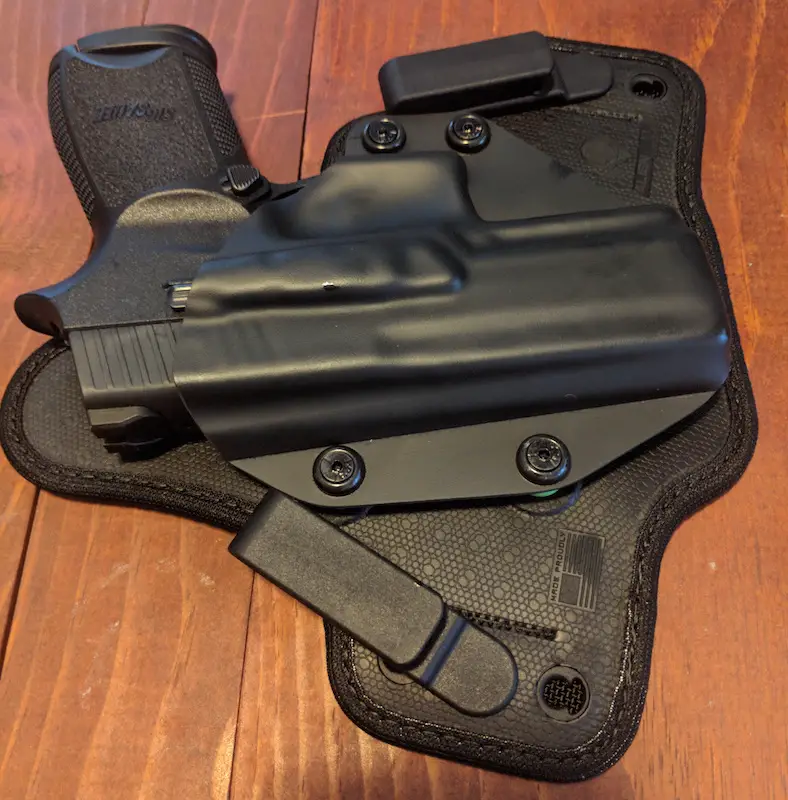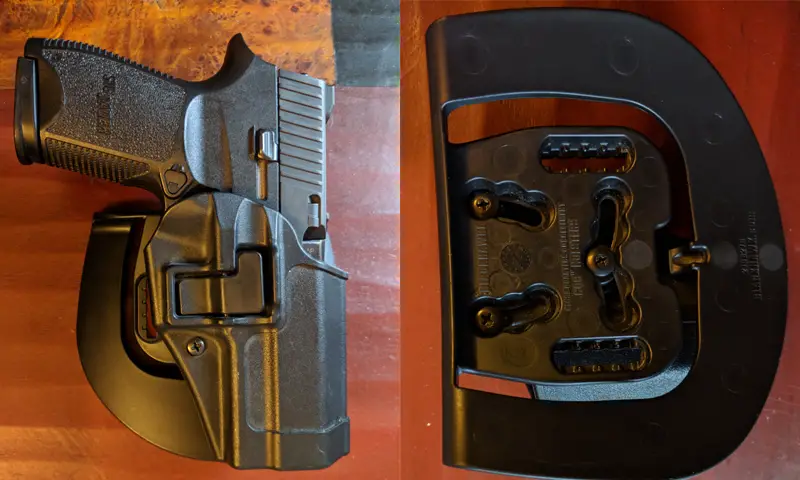If you spend any time at all drawing from your holster on the shooting range, you know how important it is to have a properly fitted holster. Sometimes, holsters work like a dream straight out of the box. But, other times you’ll need to make a few tweaks to get the right retention. Having a holster that fits too tightly can impede your draw. Similarly, having a holster with a loose fit can also prevent a smooth draw. Even worse, a loose fitting holster could result in the firearm becoming un-holstered during regular activity.
A proper holster will fit your gun snugly, but not overly tight. Your handgun should slide smoothly from the holster. No part of the slide or frame should catch or rub on the holster which can hinder your draw. Additionally, you’ll want the firearm to remain stationary in your holster during regular movements.
Table of Contents
Snug Or Loose: Gauging Gun & Holster Fit
The explanation above is all well, and good, but how do you know if a holster fits too snug or too loosely? I use the following tests to gauge the retention of every holster regardless of material or retention method. One method tests that the holster is snug, while the other ensures the holster isn’t too tight.
How Tight The Holster Should Be: Is It Snug Enough?
First, I load up a magazine and insert it into my handgun. I do not put a round in the chamber. Adding a loaded magazine creates the similar weight conditions that I will be carrying the weapon. However, if you’re nervous about having live rounds in the mag, you can always use dummy rounds.
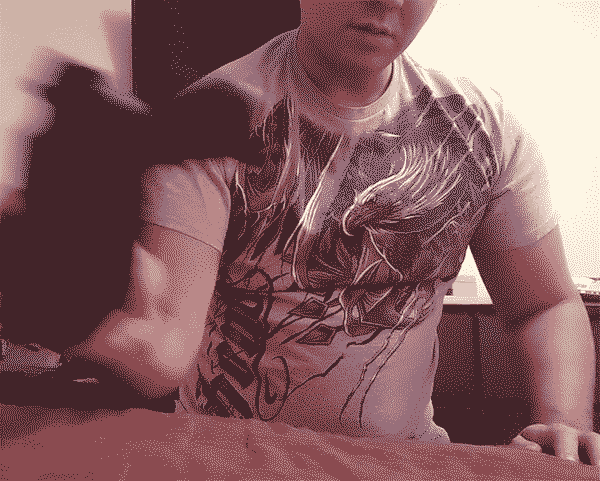
Afterwards, I seat my handgun in the holster and engage any retention straps. Next, I invert the holster as if I were pouring out a filled glass onto the ground. I perform this test over a large, soft surface, such as a bed. Additionally, I do this from a low height to minimize the distance the gun would fall if it leaves the holster. If the gun does drop, the finish won’t be damaged and it is less likely to discharge a round. Using dummy rounds is beneficial until you become more familiar with how a gun should fit in a holster.
If the gun remains in the holster and doesn’t move, then the retention is sufficient. Alternatively, if the gun falls out of the holster then either the retention needs adjustment, or you may need to look into a new holster. However, just because the gun remains seated does not indicate a good fit. Should the gun be difficult to remove from the holster, the fit may be too snug.
Is The Holster Too Tight?
Checking to see if the holster is too tight can be more difficult. Improper fit can be different according to the shooters preferences. However, I perform the following test to check if the holster is too tight.
Once again, I load up a magazine with either live or dummy rounds to replicate the weight of the loaded gun. Next, I test un-holstering the pistol while holding the holster with my non-dominant hand. First, I perform this test with the weapon perpendicular to the ground. Afterwards, I test at various angles up to 45 degrees to simulate possible holster cant.
It’s important that the non-dominant hand simply steady the holster. If you need to use significant force (about 7-10 lbs pressure) to prevent the holster from moving, or you are pulling downward on the holster to free your gun then the fit is likely too tight. At this point you may need to loosen the holster, or adjust the retention screw(s).
Tuning Your Kydex Holster For Proper Fit
Different problems plague different types of holsters. Kydex holsters are generally too tight, or have abnormalities in the mold that cause rubbing. Rarely, are kydex holsters too loose. However, if you are unable to seat the weapon properly with good retention, you should return the holster and opt for a different model. Below are some possible solutions if your kydex holster is too snug.
Adjust Retention Screws For Overly Snug Holster
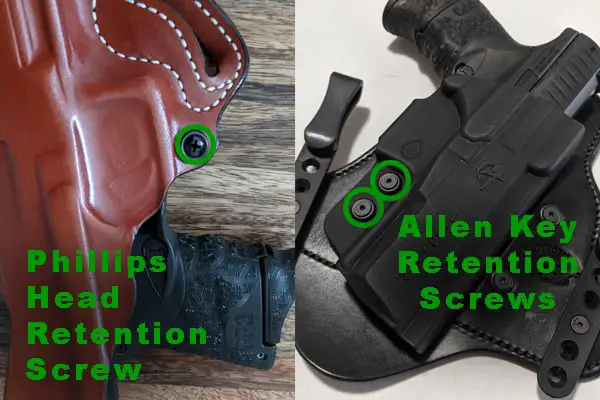
The simplest way to fix a kydex holster that is too snug is to unscrew the retention screws. Oftentimes, these screws are located nearest to where the trigger guard rests inside the holster. Depending on the model of holster, you may have one or two retention screws. Generally, these use either a hex head or Phillips head screw. Remember, righty tighty (clockwise), lefty loosey (counter-clockwise).
The female end that the screw threads into is usually built into the kydex mold. If the screw pops out of the threaded receiver, simply pinch the kydex together and re-insert the screw. Loc-tite on the threads can assist with keeping the screw in place if you are reaching the limits of the retention screw. Many holster companies will provide a hex key to use with your holster. However, this is not always the case, and I’ve never received a phillips head screwdriver with any holster purchase.
Replace Rubber Rings To Adjust Friction

Unlike many full kydex holsters, hybrid holsters use a kydex shell and a leather or cloth backing. On these models, replacing the rubber rings (grommets) that space the shell away from the backing allow for a better fit for your handgun.
Holster models that use rubber bumpers generally rely on friction retention. Similar to retention screws, you’ll need to loosen up and remove a screw to replace the rubber rings. A good example of this is shown above, and is my Alien Gear Cloak Tuck holster. I was provided several different rings of various thickness from the manufacturer. However, other brands of holsters may not be as generous.
Heat It Up To Soften The Kydex
The most common problem that cannot be fixed by adjusting retention screws is the result of a malformed shell. Typically, kydex shells are molded to specific models of handguns. Occasionally, a portion of the shell will get out of whack, causing the firearm to rub or catch as it is being drawn. Fortunately, if the friction point isn’t too disfigured you may be able to remedy with a little heat.
The first step in solving this issue is to diagnose the area on the kydex shell that needs to be softened. Generally, you can tell by the sticking point during the draw or you may notice and area where the finish is scuffed. Once you know where to direct the heat, use a hair dryer or heat gun to soften the kydex. Either the kydex will rise on it’s own, or you can press the area from the opposite side to form correctly.
Your first option should be to contact the manufacturer for assistance. However, if they are unwilling or unable to help, you can resort to heat to fix a kydex shell.
CAUTION: Tampering with the kydex is often not recommended by the manufacturer, and can lead to a voided warranty or unusable holster. Apply a little heat at a time to get the desired effect.
How To Get A Leather Holster To Fit Right
Unlike kydex holsters, leather holsters may require a break in period. There are methods to expedite this break in period, but it may require you to stiffen up the holster down the road. Most retention problems can be attributed to the stiffness of the leather from the manufacturer. Below are some techniques to soften and tighten a leather holster.
Stretching A Leather Holster
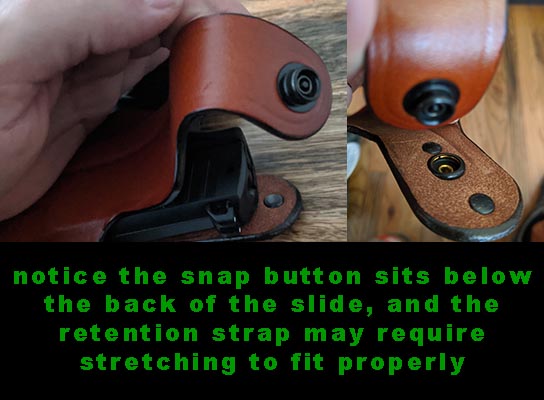
The easiest and best way to stretch out a leather holster is by wrapping your unloaded firearm in a thin dress sock and working the muzzle into the holster. Another method involves using wax paper in lieu of the dress sock. However, the cloth material of the sock is less likely to tear when compared to wax paper. Additionally, the cloth will allow you to work the gun into place using a twisting/turning motion and is less likely to fold and bunch in any one area.
Once you’ve worked the handgun into place, leave the weapon sit for 24-48 hours to allow the leather to completely stretch.
Another problem area on some leather holsters, are thumb break retention straps. Getting these snapped into place is generally most difficult on the first attempt. Use your non-dominant hand to press the pistol downward while simultaneously pulling with the dominant hand to snap the strap into place. Because of the added bulk of the sock from the above method, you may need to break in the strap independently.
NOTE: The above method is generally the manufacturer recommended technique. Using any of the below methods can void any warranty or replacement guarantee.
Soften The Leather
Another way to stretch your leather holster is to soften it. There are any number of ways to soften the leather. First, you can try oils or solvents such as mink oil or leather/glove conditioner to make the leather more pliable. Apply any oils or leather conditioners sparingly and rub it into the holster. Afterwards, fit the gun into place and allow to rest for 24-48 hours.
Yet another way to soften up the leather is using a technique called kneading. Oftentimes, massaging the leather with the hands when used with leather conditioners can result in a holster loosening up. However, excessive kneading can cause the holster to lose it’s shape if it has been vacuum formed to a specific model.
Finally, heat can make a leather holster more pliable and thus easier to seat your handgun. However, the holster will stiffen up once it has cooled. Therefore, ensure you seat the pistol and snap retention straps before this happens. I’ve used this method on leather baseball mitts and inserted a baseball to help mold the glove. The same principle applies.
Stiffen Up That Leather Holster
If you receive a leather holster from the manufacturer that is too loose, I suggest you get a refund and look into another holster. However, if you’ve got an oldie but goodie leather holster you just need to stiffen up a bit, your best option involves soaking the leather and then allow the leather to dry out. If you’re in a rush you can use a heat source, like a blow dryer, to speed up the drying process but it may cause the leather to crack.
Initially, the moisture will expand the fibers in the leather which will now be swollen and in contact with the other fibers. Once the moisture evaporates the tightly packed fibers will shrink up making for a stiffer leather holster than before.
To accomplish this, submerge the old loose leather holster in a bucket of water for 30-60 seconds. You do have the option of sticking your unloaded weapon into the holster after it is wet to help form it. Allow the leather to air dry or apply heat from the hair dryer or heat gun. If you do insert your weapon make sure to clean and oil your pistol immediately after the holster is dry. Additionally, avoid the use of excessive heat for a prolonged period of time to prevent the holster from cracking.
Parting Shots
Hopefully this article will help you determine how tight your holster should be. Depending on your holster material, you’ve got several options to achieve the desired fit. Do you have a technique that isn’t covered here? Leave a comment for others interested in how to get their gun to fit perfectly in their holster.
